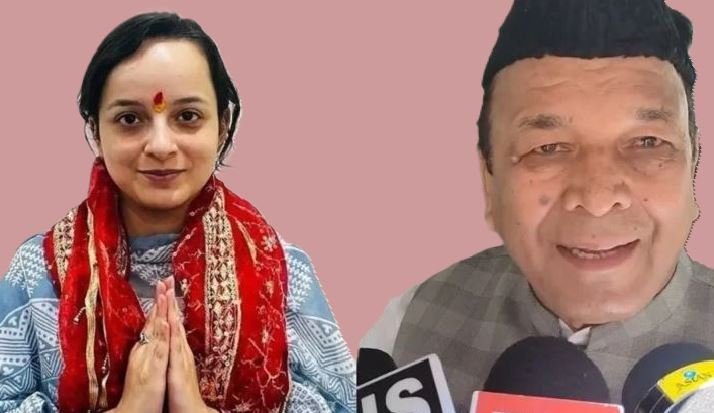JAMMU, Oct 11: The newly elected Jammu and Kashmir Legislative Assembly, following its recent elections, welcomes 51 first-time Members of the Legislative Assembly (MLAs). Among them, the youngest is 29-year-old Shagun Parihar from the Bharatiya Janata Party (BJP). A debutant representing the Kishtwar constituency, Parihar’s entry is notable not just for her youth but also for her resilience, having lost her father and uncle in a terrorist attack in 2018. At the other end of the age spectrum, National Conference (NC) veteran Abdul Rahim Rather, aged 80, serves as the oldest member. A seasoned politician Rather has represented the Chrar-e-Sharief constituency seven times, demonstrating a significant span of public service. This data, compiled by the Association for Democratic Reforms (ADR), reveals a broad age range in the Assembly, with an average age of 55.71 years. The majority of the MLAs—32 members—fall within the 51 to 60 age bracket.
The Assembly’s demographic diversity extends beyond the youngest and oldest members. The ten youngest MLAs include individuals such as Waheed Para of the People’s Democratic Party (PDP) from Pulwama, Mehraj Malik of the Aam Aadmi Party (AAP) from Doda, and Mehar Ali of the NC from Kangan, among others. Meanwhile, the senior members feature notable figures like Nizamuddin Bhat of Congress (aged 77) and CPI(M)’s Mohammad Yousuf Tarigami from Kulgam (aged 75). Other veteran NC members include Mubarak Gul (73), Mohammad Shafi Wani (71), and Javaid Riyaz (71). The age composition highlights the experience and diversity present within the legislative body.
An interesting pattern also emerges concerning gender representation. Despite changes in the Assembly’s composition, the gender ratio remains unchanged from the previous session. There are only three women MLAs, consistent with the last Assembly, which dissolved in 2018. PDP’s Sakina Masood reclaimed her seat in D H Pora, joined by Shamima Firdous of NC, who retained her Habbakadal constituency. Shagun Parihar’s election adds a fresh face to this small cohort of women legislators.
The NC, emerging as the single-largest party with 42 seats, also has the highest number of first-time MLAs at 24. The BJP, which secured 29 seats in the Jammu plains, follows with 15 debutants, accounting for over half of its newly elected representatives. The Congress, though managing only six seats in the Kashmir Valley, contributes two first-time members to the Assembly. Independents also make their mark, with six out of seven winning for the first time. PDP’s three representatives and AAP’s lone MLA are also newcomers to the legislative process, indicating a wave of new political actors in the region.
Several of these new MLAs bring with them a background of legislative experience, having served in various capacities within the erstwhile state’s legislative and parliamentary structures. Notable figures include former High Court judge and NC leader Hasnain Masoodi, who previously served as a Lok Sabha MP before securing the Pampore seat. PDP’s Mir Mohammad Fayaz, who now represents Kupwara, had been a Rajya Sabha member from 2015 to 2021. His return to the Assembly marks a significant political comeback, given his narrow defeat in the 2014 polls. Other NC members like Bashir Ahmad Veeri, Saifuddin Bhat, Javaid Ahmad Mirchal, Surinder Kumar Choudhary, and Showkat Hussain Ganie have past experience as members of the Legislative Council. Similarly, BJP’s Vikram Randhawa, now elected from Bahu, previously served in the Upper House.
The abolishment of the Legislative Council following the reorganization of the erstwhile state into two Union Territories marks a significant structural shift, with former council members transitioning into new roles within the reformed legislative framework. This transition highlights the evolving nature of Jammu and Kashmir’s political landscape as it adapts to its new status while maintaining continuity through the experience of long-serving leaders and the fresh perspectives brought by new entrants.




